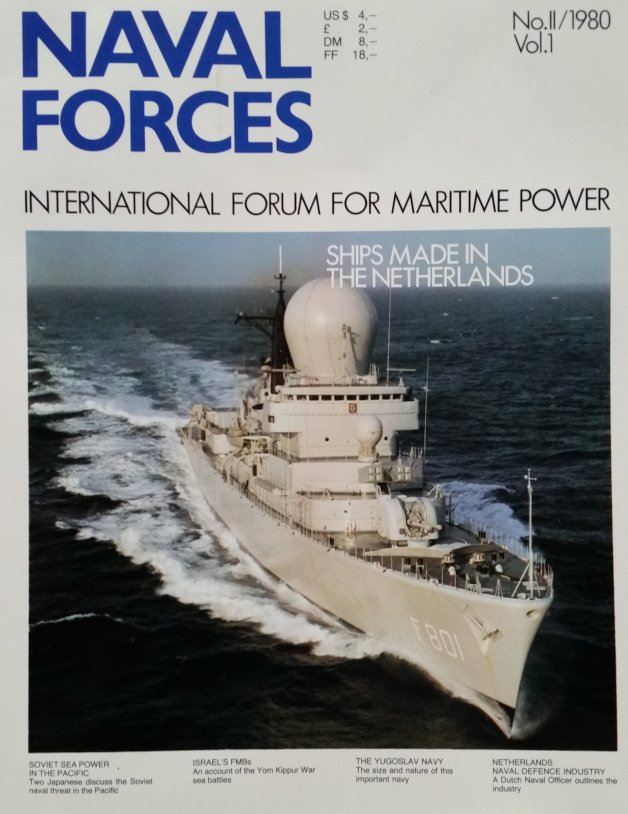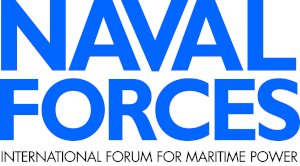Two authors, a retired Rear Admiral of the Japanese Maritime Self Defense Force (JMSDF), and a Professor scored a major scoop in early 1980 about the Soviet sea power in the Pacific. At that time, the six-page was an in-depth insight into the main features, means and tactics of Soviet maritime power in a region that saw increasing fleet activities undertaken by the Soviet Pacific Fleet since about the late 1960s. The analysis also brings to mind the changes in the fleet between 1966 and the mid-1972, indicating a qualitative improvement of surface ships and submarines, as well as Soviet ports. Also featured in issue No. II on four pages, Sir Bernard Burrows, a retired British Ambassador who was Britain’s Permanent Representative at NATO from 1966 to 1970, took a closer look at the fundamentals and use of sea power against a land-mass. His analysis was the first of a series of commentaries in Naval Forces. The author scratches the surface of the fundamental question associated with the Soviet invasion of Afghanistan whether the Soviet expansion has hitherto been overland, west and east and south. Sir Bernard Burrows’ answer reads: “The occupation of Afghanistan is a powerful reversion of the older role of Russia as a power of the Eurasian land mass.” But establishing a Cuban proxy occupation of Ethiopia and Angola should not make the Soviet Union a sea power. Certainly not.






